Understanding the Versatility of the 30cm Protractor
The 30cm protractor is an essential tool in various fields, offering precision and versatility in measurement tasks. This instrument is not just a staple in educational settings but also a necessity in professional environments where accurate angular measurements are crucial.
Types and Applications
Diverse in application, the 30cm protractor comes in several forms to cater to different needs. From the classic semi-circular design used in classrooms to the more advanced digital protractors that employ sensors for measurements, each type serves a specific purpose. In educational realms, such as in geometry, physics, and design, the protractor is indispensable for comprehending complex concepts. Professionals like architects and engineers rely on these tools for drafting and construction, ensuring precision in their blueprints and structures.
Features and Materials
Protractors are crafted from a variety of materials, each selected for durability and clarity. Plastic protractors offer lightweight handling and clear visibility for markings, while metal options provide longevity and resistance to wear. The 30cm length is particularly beneficial for projects requiring a balance between maneuverability and extended reach. Digital protractors, on the other hand, incorporate modern technology to deliver accurate readings in a more dynamic format.
Advantages of Using a 30cm Protractor
The advantages of using a 30cm protractor are manifold. Its size is ideal for handling and storage, making it a convenient choice for both students and professionals. The scale's length allows for extended straight lines, aiding in precision for technical drawings and diagrams. Furthermore, the clarity of the measurements marked on the protractor ensures that they are easy to read and interpret, reducing the margin of error in measurements.
Technological Integration
With the advent of technology, the traditional 30cm protractor has evolved. Digital versions, such as protractor apps, have emerged, offering portability and advanced features like motion capture for real-time measurements. These digital tools complement the physical protractor, providing an alternative for situations where traditional tools are not available.
Conclusion
The 30cm protractor remains a fundamental instrument in both educational and professional settings. Its adaptability and precision make it a reliable choice for a multitude of measuring tasks. While the form and material may vary, the function of providing accurate angular measurements remains constant, solidifying its place as a tool of choice for precision and ease of use.

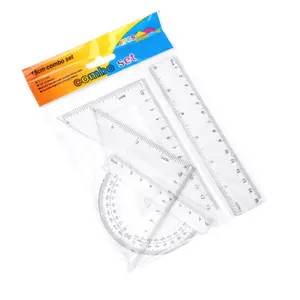





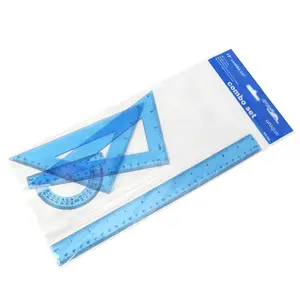

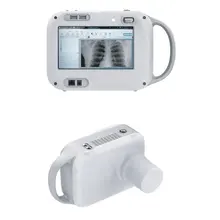
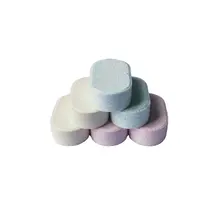


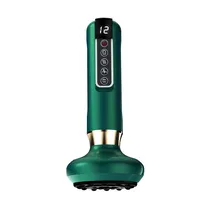

















 浙公网安备 33010002000092号
浙公网安备 33010002000092号 浙B2-20120091-4
浙B2-20120091-4